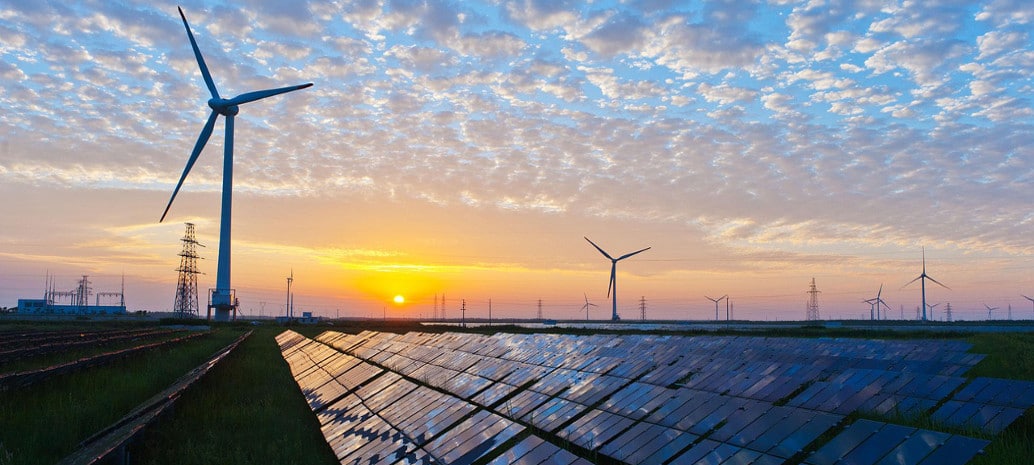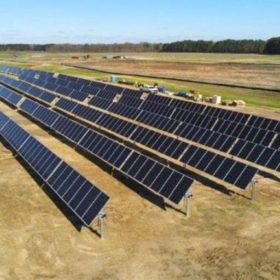PacifiCorp has put forth its required Integrated Resource Plan (IRP) on behalf of subsidiary Rocky Mountain Power (RMP), which gives insight into the thoughts of an electricity utility in a state with little need to impose renewable energy requirements due to very strong hydroelectric resources. And yet the utility is still shifting away from coal toward renewables.
On April 12th, the Idaho Public Utilities Commission (PUC) accepted the long-range planning document outlining how RMP intends to meet the demand for electricity among its customers over the next 20 years.
The report submitted by the utility (15 page PDF) suggested a broad array of solutions to meet the future evolutions of customer needs. For instance, the utility believes that incremental energy efficiency resource gains are expected to provide a 2,077 MW reduction – which is enough to meet 88% of projected load growth through 2026.
Of great significance is the goal of retiring 3.5 GW of coal resources through 2036 – to mostly be replaced by wind and solar power. The coal plant closures are outside of Idaho, but feed the power grid that services the utility’s service area within the state.
RMP expects the construction of 1.4 GW of cumulative private solar generation between 2017 and 2036. By the end of 2020, 1.1 GW of new wind should come online – as well as 905 MW of newly repowered wind projects. After 2020, the utility projects an additional 859 MW of new wind generation in the region – with 774 MW of that being in Idaho.
The document included slight references to the ‘potential’ of energy storage, but put forth no serious considerations of volume. Additionally, new and upgraded transmission lines will allow for more movement of renewable sources around RMP’s service area.
RMP is a bit of an anomaly on the power grid of Idaho. The large majority of electricity in the state comes from hydroelectricity sources – 60% in recent years, up to 75% historically. However, RMP only covers a small southeastern portion of the state as part of its coverage in Idaho, Utah and Wyoming – and only 19% of PacifiCorp’s electricity comes from renewables.
The broader picture painted here is that even an electricity utility that has heavy resources in Wyoming, the truest of all coal states, is pushing toward renewables. The utility also had plans for 1,500 MW of new gas plants in its 2015 IRP, but now only sees a future with 1.3 GW of new gas – and noted that in its 2019 plan that number could come down again. The utility said criticisms of its over estimation of fossil fuel usage definitely affected its perspectives, projections and plans. For instance, it sees absolutely no new coal, even in Wyoming.
This is a brave new world.
This content is protected by copyright and may not be reused. If you want to cooperate with us and would like to reuse some of our content, please contact: editors@pv-magazine.com.








By submitting this form you agree to pv magazine using your data for the purposes of publishing your comment.
Your personal data will only be disclosed or otherwise transmitted to third parties for the purposes of spam filtering or if this is necessary for technical maintenance of the website. Any other transfer to third parties will not take place unless this is justified on the basis of applicable data protection regulations or if pv magazine is legally obliged to do so.
You may revoke this consent at any time with effect for the future, in which case your personal data will be deleted immediately. Otherwise, your data will be deleted if pv magazine has processed your request or the purpose of data storage is fulfilled.
Further information on data privacy can be found in our Data Protection Policy.